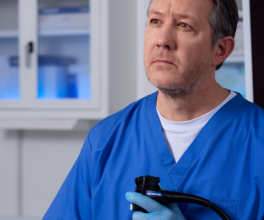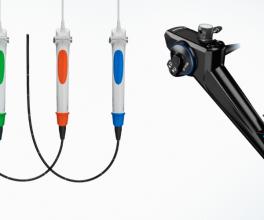
3D Versus 2D Laparoscopic Surgery: What a Black Box Study Reveals
New medical findings show that 3D laparoscopic surgery is safer than 2D laparoscopic surgery. Such evidence-based investments in new 3D surgical technology, along with improved surgical efficiency, can lead to improved patient outcomes.
In a recently published JAMA article, physicians show that 3D laparoscopic surgery is associated with a higher level of technical performance among surgeons performing bariatric surgery. Using OR Black Box® technology, the cohort study of 50 Roux-en-Y procedures highlighted the benefits of using 3D in a Roux-en-y Gastric Bypass procedure versus using 2D imaging. The implications of study findings include:
- Significantly fewer technical errors,
- Significantly fewer error-related events, and
- Significantly higher Objective Structured Assessment of Technical Skills scores when the 3-D system was used.
Dr. Teodor Grantcharov, Staff Surgeon at St. Michael’s Hospital and Professor of Surgery at the University of Toronto, was one of the authors of this study and is creator of the OR Black Box. What might be most important about the OR Black Box for studies like this one is that it allows for objective assessment that is “blind” – such that the judge or assessor doesn’t know who was using 3D and who was not.
This study was sponsored by Olympus, and the equipment used was an ENDOEYE FLEX 3D on the EVIS EXERA III imaging platform.





